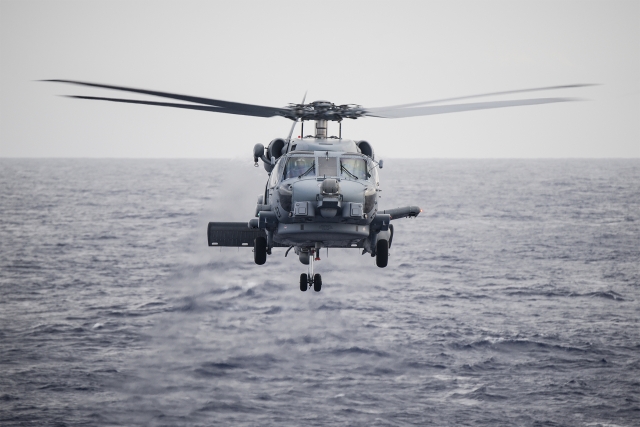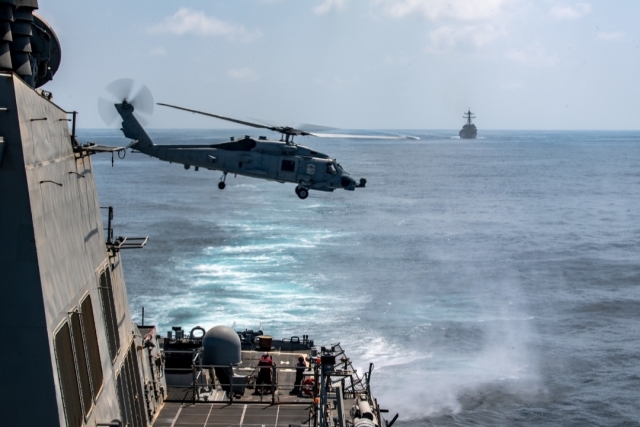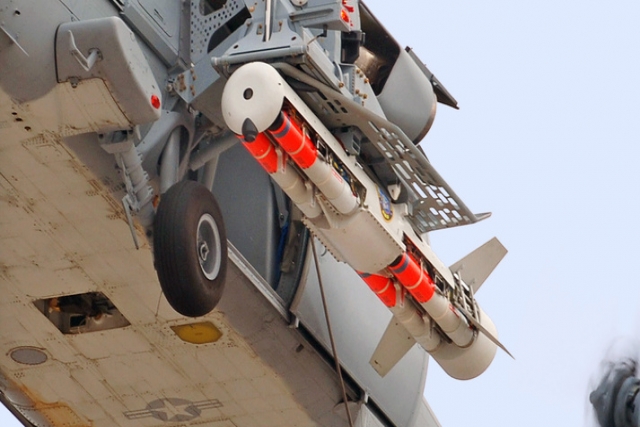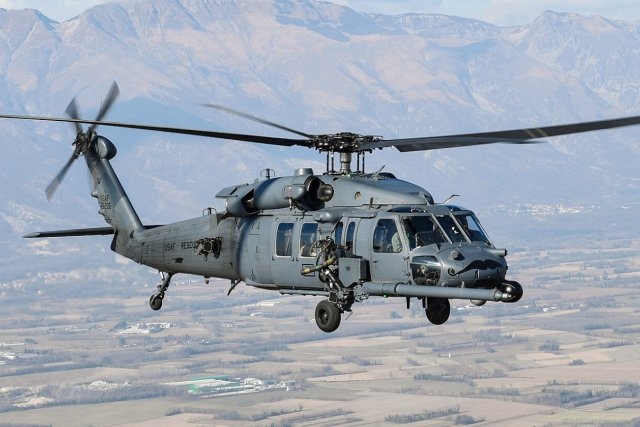U.S. Navy Completes Analysis of Alternatives to Replace MH-60R, MH-60S Helicopters
MH-60R and MH-60S Seahawks are expected to reach the end of their service lives in the late 2030s
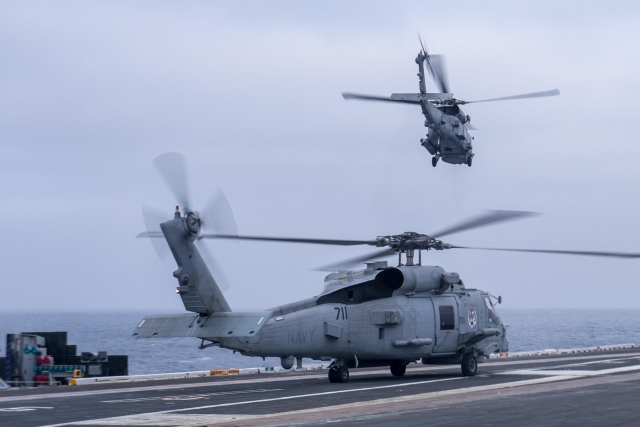
The U.S. Navy has recently concluded its examination of alternatives to replace its MH-60R and MH-60S helicopters.
This analysis was part of the Future Vertical Lift (Maritime Strike) program, which aims to transition the existing helicopter fleet to more advanced platforms. The program's Analysis of Alternatives (AoA) culminated in a "Gate 2" Resources and Requirements Review Board (R3B) conducted by the Deputy Chief of Naval Operations (DCNO) for Warfighting Requirements and Capabilities (N9), which unanimously endorsed the AoA's results. This endorsement allows the program to move forward with developing a Capabilities Development Document (CDD) and a Concept of Operations (CONOPS).
The MH-60R and MH-60S Seahawks are expected to reach the end of their service lives in the late 2030s, even after receiving service life extensions. The FVL (MS) initiative is poised to provide the Navy with enhanced capabilities, aligning with the Distributed Maritime Operations concept.
According to Rear Admiral Buzz Donnelly, Director of the Air Warfare Division, N98, Office of the Chief of Naval Operations, the FVL (MS) will be the Navy's most widely distributed aviation platform, set to operate from a variety of surface combatants, from future frigates (FFG) to aircraft carriers, contributing to more primary mission areas than any other aviation platform in the Navy.
The FVL (MS) program envisions a Family of Systems (FoS) that includes both crewed and uncrewed components, designed to perform current helicopter missions with improved range, endurance, and modularity. This system aims to leverage emerging technologies and ensure interoperability through a single Program Executive Office (PEO), promoting efficient crewed-uncrewed teaming.
FVL (MS) is being tailored to perform unique maritime missions, primarily from surface combatants such as destroyers (DDGs), frigates (FFGs), and littoral combat ships (LCS). The program will incorporate advances from the Army and Marine Corps in areas such as engine design, digital infrastructure, Modular Open Systems Architecture (MOSA), and advanced materials and rotor blades.
As the Navy works towards achieving an initial operational capability (IOC) in the early 2040s, OPNAV N98 and Naval Air Systems Command plan to hold an Industry Day in 2024. This event will convey the requirements for FVL (MS) capabilities and share details on the concept of employment (CONEMPS).
